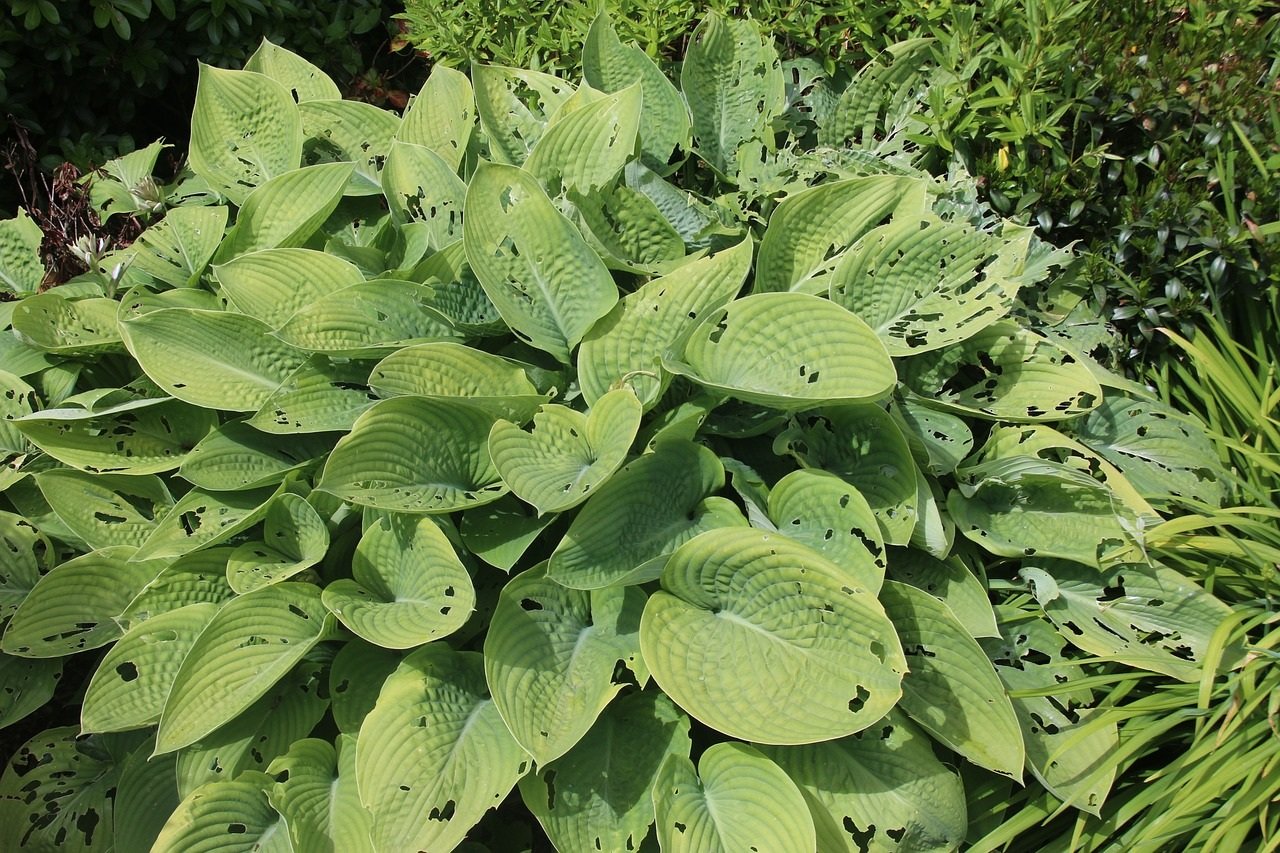Make room in your winter reverie for the vertical. Verticality will change your garden in dramatic ways, not just outside, but inside your home too. Vines bring beauty to bare walls, soften hard edges and invite hummingbirds to hover where you can view them at eye level. There are plenty of perennial and annual vines, and enough range in bloom time to create an aerial display all season.
For me it began when I attempted to hide two unsightly meter boxes and their wires. Hydrangea worked slowly, but effectively. A bonus: a robin found the meter box smothered in thick foliage an ideal site for a nest, despite the meter reader’s monthly hacking.
Then I got vertically challenged. Okay, I am short, but I’m also short on space, so I started eyeing the sides of the house, the bare garage wall, a stone wall and even trees.
But before you start eying a site where your vine will thrive, be it sun or shade, you need to determine if the vine can climb on its own or if it needs assistance. A trellis, fence, a few twigs, string stretched between something – all will do nicely for the vertical assist.
Vines reach their aerial splendor by three basic habits: they’re either a twiner, winding around some support; a clinger, climbing by tendrils; or a grabber, climbing by attachment.
Twiners
Give them the right support and twiners will wrap themselves around anything. Honeysuckle, a beloved twiner, grows in full sun and part shade. “Mandarin” honeysuckle offers bright orange blooms, but no fragrance. Dropmore Scarlet honeysuckle works on a trellis or cascading over a stone wall. It’s relatively pest- and disease-free. Japanese honeysuckle is on the invasive list, so stay away from it. A few other perennial twiner species include Wisteria, Actinidia and silver lace vine. Beware: Wisteria grows fast and can engulf you and your house.
The Clingers
Clematis and passionflower, two beloved clingers, produce delicate branch-like tendrils on either side of a main leaf stalk. Failing to provide nearby support will leave these clingers flat on the ground, an indelicate pose for any vine, but especially a clinger.
The Grabbers and Holders
This group of vines climb by means of two types of attachment: adhesive disks or root-like hairs. Boston ivy and Virginia creeper use disk-like suction cups. Hydrangea and trumpet vine produce tiny root hairs that grab any surface. Grabbers are ideal for a house or on a stone wall. But these vines form strong attachments and, if you decide to remove or relocate them, they may leave marks. Or, as our teenage neighbor calls them – vine hickeys.
Annual Favorites
Nearly every gardener has a favorite annual vine. In my neighborhood survey, the winner is morning glory (“Heavenly Blue”), with scarlet runner bean a close second. The following vines also racked up votes: Queen of Hearts sweet peas, cathedral bells and nasturtium. An honorable horizontal mention goes to a black-eyed Susan because it scrambles with abandon atop a stonewall.
The Sky’s the Limit
Don’t forget to check how quickly and how high these vines grow. Learn from my mistakes. Years ago, I scattered some hyacinth bean seeds below a second-story bedroom window, gave them a trellis and forgot them. Before the end of the summer, my husband complained that our bedroom was like Little Shop of Horrors. The vine had made its way through a dime-size hole in a screen in one season. Ivies, on the other hand, are champion dawdlers.
Creative Combinations
Pair vines to double the beauty. White Flower Farm used to offer a fetching pair of perennials: Rose “New Dawn” and Clematis “Etoile Violette.” The pale pink double-flowered rose is a beautiful support for the deep purple of the Clematis. On the patio, I achieved my goal of extending blooms for evening al fresco dining by uniting hyacinth bean and a white moonflower vine. These two carefree annual climbers are compatible aesthetically: The dark purple pods of hyacinth beans contrast with stunning white moonflower blossoms that open at dusk. Once the moonflowers unfurl, bats swoop in – like the Airborne Express of pollinators.
Setting the Record Straight
We sang in school, “Tell me why the Ivy twines?” For the record, it doesn’t. It grabs. But grab, twine or cling, inch by lovely inch, vines change your garden in dramatic ways with a little support.



















